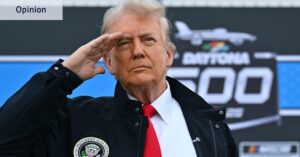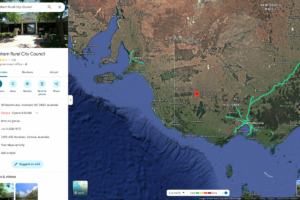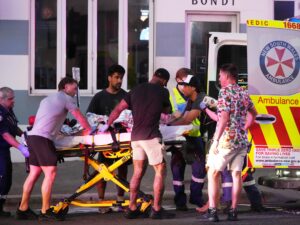
Nepal’s political landscape was rocked on Tuesday as Prime Minister KP Sharma Oli announced his resignation following a wave of deadly protests led by Generation Z. The unrest, which resulted in over a dozen fatalities and hundreds of injuries, was triggered by a government-imposed ban on social media platforms, rampant corruption, and limited economic opportunities.
Security forces responded to the protests with live ammunition, water cannons, and tear gas in several cities, according to Reuters. Dr. Mohan Regmi, Executive Director at Civil Service Hospital in Kathmandu, confirmed to CNN that at least 22 people have been killed.
Historical Context and Political Turbulence
Nepal, a nation nestled in the Himalayas with a population of 30 million, has a history of political instability. Since abolishing its 239-year-old monarchy in 2008, the country has seen more than a dozen governments. The latest protests, led by individuals aged 13 to 28, represent the most significant unrest in decades.
Prime Minister Oli’s resignation was announced in a letter citing “the extraordinary situation” in the country. The letter was shared on social media by a top aide. Meanwhile, President Ramchandra Paudel urged for peaceful resolution and dialogue, particularly involving the youth.
The Catalyst: Social Media Ban and Economic Frustration
The protests were ignited by the government’s decision to block social media platforms such as Facebook, Instagram, WhatsApp, YouTube, and X. This move, intended to curb fake news and hate speech, was heavily criticized by rights groups. By midnight last Thursday, 26 platforms had been shut down, according to local media.
However, the social media ban was just the tip of the iceberg. The protests also reflect deep-seated frustration over economic conditions. The World Bank reports a youth unemployment rate of 20.8% for ages 15-24 in 2024. Additionally, a viral movement against “Nepo Kids” — children of politicians flaunting their wealth — has exacerbated public anger.
“All the Nepali citizens are fed up with corruption. Every youth is going outside the country. So, we want to protect our youth and make the country’s economy better,” a protester told Reuters.
Escalation and International Reaction
The protests escalated on Monday as demonstrators clashed with police at the parliament complex in Kathmandu. Police used rubber bullets and tear gas on young protesters, many in school uniforms. Protesters retaliated by setting an ambulance on fire and attacking riot police.
Hospital authorities reported 17 deaths in Kathmandu and two in Itahari on Monday. Over 400 individuals, including security personnel, were hospitalized with injuries. International organizations swiftly condemned the police’s lethal crackdown and called for an independent investigation.
The UN human rights office expressed being “shocked” by the deaths and urged for a “transparent” investigation. Amnesty International stated, “The use of lethal force against protesters not posing an imminent threat of death or serious injury is a grave violation of international law.”
Political Fallout and Future Prospects
Prime Minister Oli’s resignation follows a series of high-profile resignations, including Home Minister Ramesh Lekhak and ministers for agriculture, water, and health. The Nepali Army has called for a peaceful solution through dialogue, urging restraint to prevent further loss of life.
Binay Mishra, a public policy analyst, noted that with no party holding a clear majority, an interim government might form, potentially involving Gen Z organizations in leadership discussions. Oli, in a statement before resigning, expressed regret over the incidents and blamed “infiltration by various vested interest groups” for the violence.
Gagan Thapa, General Secretary of the Nepali Congress, criticized the government’s response and called for Oli’s immediate resignation, emphasizing the need for the Nepali Congress to withdraw from the government.
The situation remains tense as the nation grapples with the aftermath of the protests. The international community watches closely, urging Nepal to navigate this crisis with dialogue and democratic principles.







